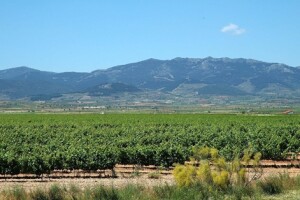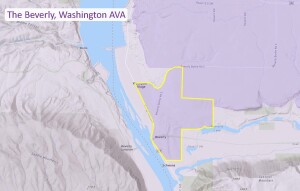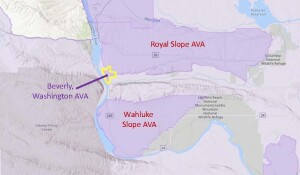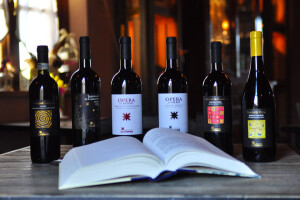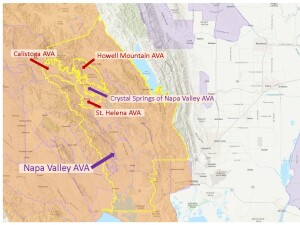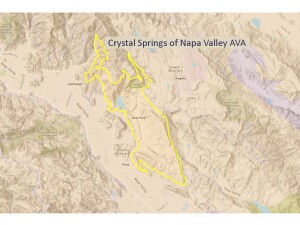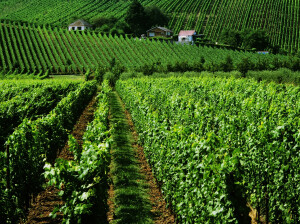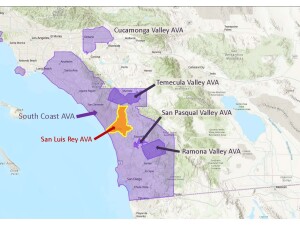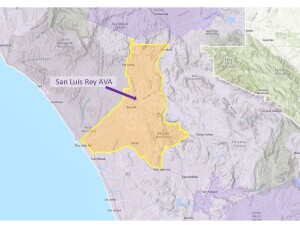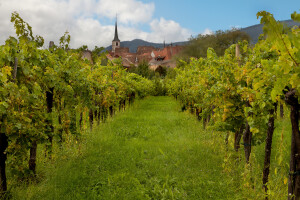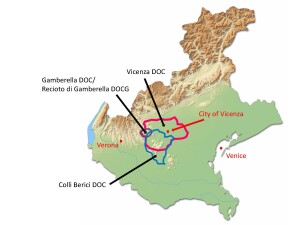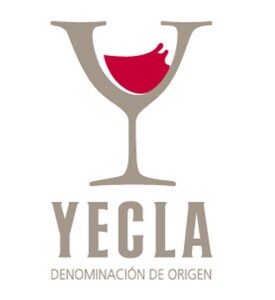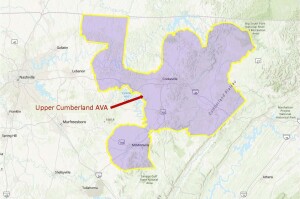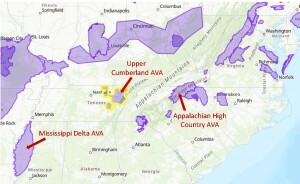Spain’s Ministry of Agriculture, Fisheries and Food (Ministerio de Agricultura, Pesca y Alimentación, MAPA) has announced the approval of a new Denominación de Origen Protegida (PDO) for wine: the Vino de Pago Urbezo! As of October 26 (2024) the EU has also announced its approval of the new appellation. At last count, this makes for a new total of 26 vinos de pago for Spain.
The new appellation is located in the autonomous community (comunidad autónoma) of Aragón (in the province of Zaragoza, just north-west of the municipality—and wine region) of Cariñena.
The Vino de Pago (PDO) Urbezo is approved for the production of dry wines, to include white (blanco), rosé (rosado), and red (tinto) wines. Wines may be unaged, or they may be labeled with a defined aging designation such as crianza, reserva, or gran reserva. One very interesting point of differentiation in this new appellation is that grape growing and winemaking is required to be certified as organic (as defined by EU Regulation (EC) No 834/2007). Other rules for these wines are discussed below:
- White wine (blanco)
- Authorized grape varieties: Chardonnay, Garnacha Blanco (White Grenache), Moscatel de Alejandría (Muscat of Alexandria)
- Minimum alcohol by volume (abv) in the finished wine: 12.5%
- Maximum residual sugar (RS): 9 g/L
- Other notes: Straw yellow in color (some greenish hues), aromas of stone fruit, tropical fruit, and flowers; medium to high acidity, medium to high aromatic/flavor intensity.
- Rosé wine (rosado)
- Authorized grape varieties: Cabernet Sauvignon, Garnacha Tinta (Red Grenache), Mazuelo (Carignan), Merlot, Syrah, Tempranillo
- Minimum alcohol by volume (abv) in the finished wine: 12.5%
- Maximum residual sugar (RS): 9 g/L
- Other notes: Clear and pink in color with notes of violet and fuchsia; aromas of red fruit and flowers; medium to high acidity; medium aromatic/flavor intensity; well-balanced and crisp
- Red wine (tinto)
- Authorized grape varieties: Cabernet Sauvignon, Garnacha Tinta (Red Grenache), Mazuelo (Carignan), Merlot, Syrah, Tempranillo
- Minimum alcohol by volume (abv) in the finished wine: 13%
- Maximum residual sugar (RS): 9 g/L
- Other notes: Cherry-red in color (with notes of violet, ruby, and ink-red); aromas of red fruit, black fruit, and flowers; medium to high acidity; medium to high aromatic/flavor intensity; complex and structures; long finish
- Additional styles of red wine may be produced using carbonic maceration and a range of optional oak-aging regimes (see the attached pliego de condicones for details).
Welcome to the world, Vino de Pago Urbezo!
References/for more information:
- Pliego de Condiciones—DOP Urbezo
- EU Journal – Vino de Pago Urbezo
- Announcement via the website for Spain’s Ministry of Agriculture
Post authored by Jane A. Nickles…your blog administrator: jnickles@societyofwineeducators.org
